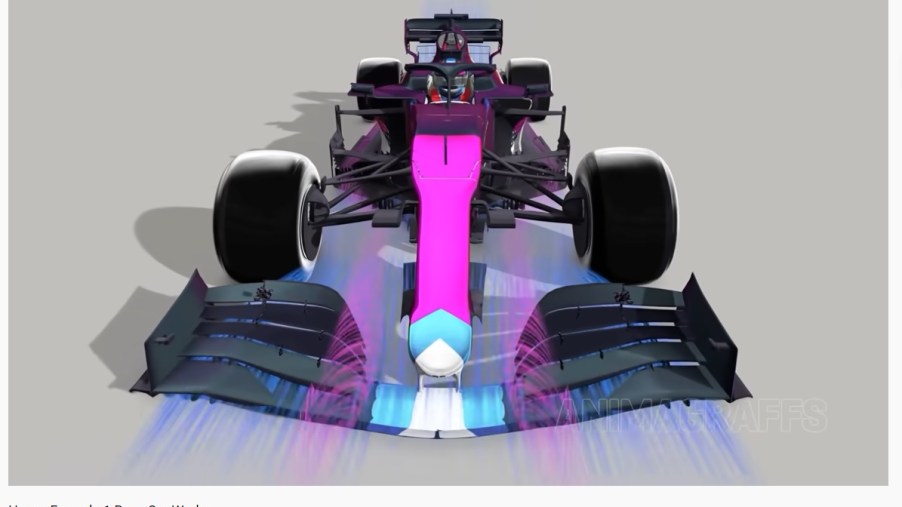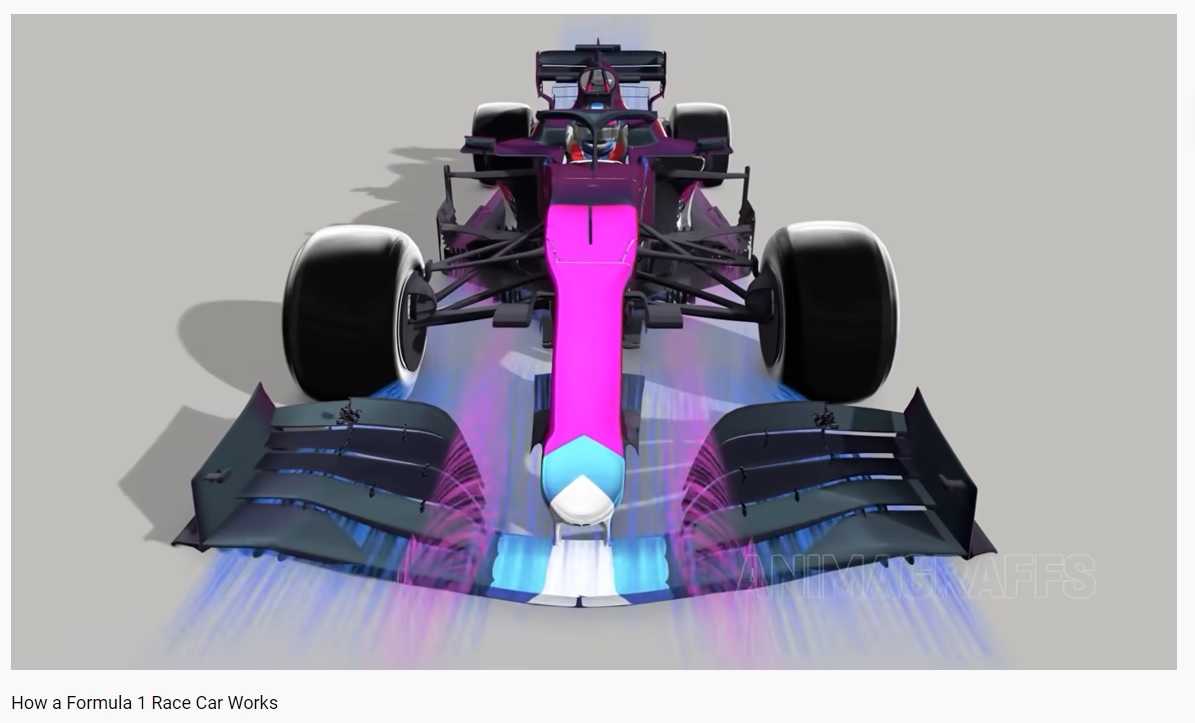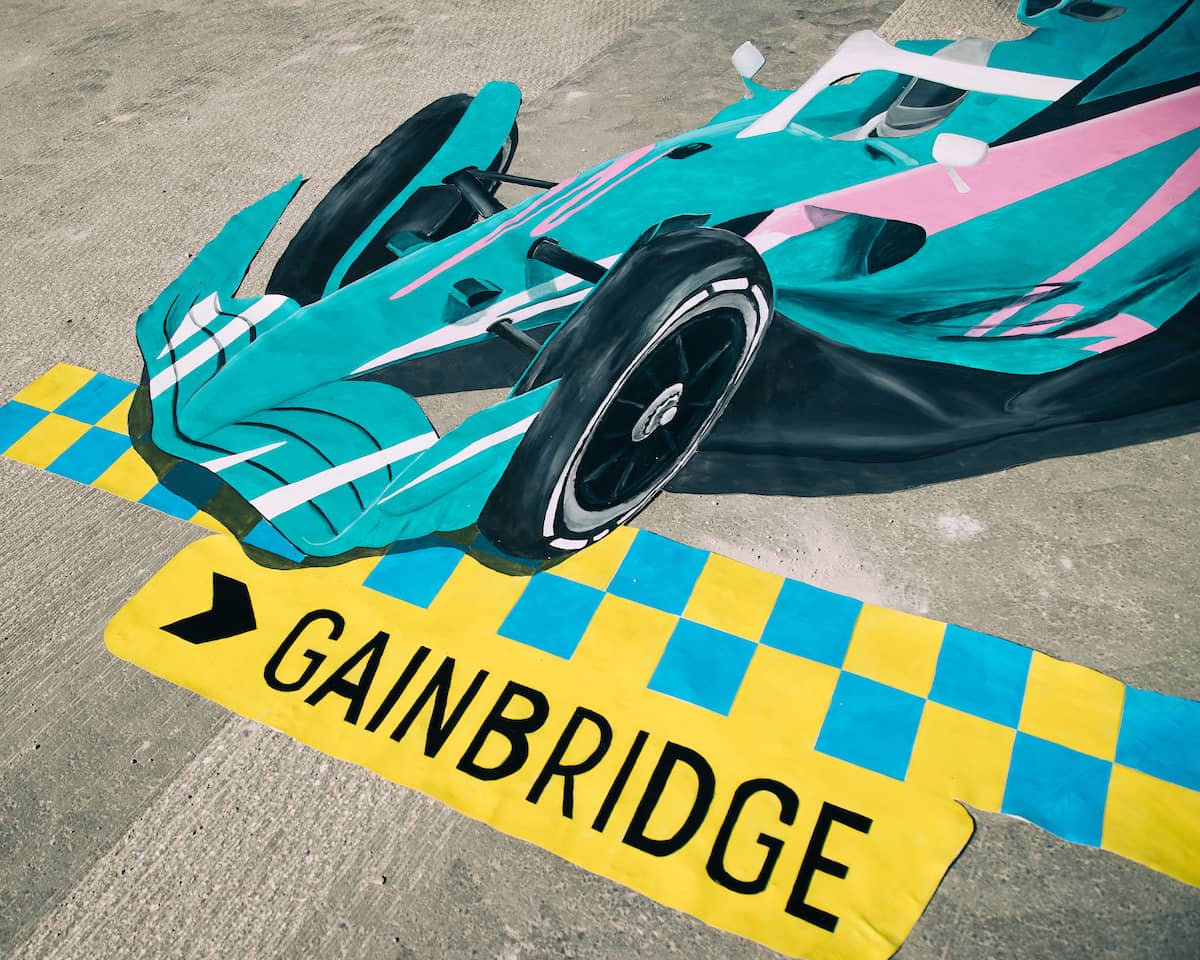
Could This Be the Best Formula 1 Explainer Video Ever?
When the Formula 1 circus heads to Miami this weekend, anyone near the track will be amazed at the speed and the sound of the cars. Many of us who watch “Drive to Survive” on Netflix, too, will be looking for Toto Wolff or the foul-mouthed Guenther Steiner. But the gearheads will be watching how the cars work, how the DRS system works, and watching for the tricks each team’s engineers have figured out.
But Formula 1 teams are super secretive about how their cars work. Somehow Jacob O’Neal, the CEO and chief creative officer at Animagraffs has figured it all out. O’Neal specializes in doing amazing videos of how race cars and fire engines work, even how electric cars and airbags work.
What’s this button do? The Animagraffs Formula 1 explainer video shows it all.
The video explains complex things like heave springs in an easy-to-understand, and matter-of-fact, way. Many casual fans want to know why drivers have a “halo” safety hoop around them, and the video shows the structure and how it works. Formula 1 crashes are also incredibly devastating. The video shows the safety structures that protect the driver.
Many don’t realize that Formula 1 cars are hybrids. They have a turbocharged V6 engine mated to two complex units caked the MGU-H and MGU-K. The H harvests power while the K can add as much as 170 horsepower to the car. Even with the hybrid system, the cars only achieve about four miles per gallon, which means they burn about two gallons per lap.
Downforce is also one of the engineering arts that Formula 1 engineers try to maximize. F1 cars wings produce so much downforce that they can, theoretically, drive upside down.
The video explains some of the wild tech in F1 cars

Formula 1 cars are all about speed. They are the fastest race cars in the world on a circuit. But there a million crazy facts about F1 cars that the Animagraffs Formula 1 explainer video goes over, including:
Each car has eight speed transmissions, nine if you count reverse
Each car carries 40 gallons of fuel. After fuel fires in the pit area and conservation measures, F1 outlawed re-fueling in the pits. Other racing series allow refueling.
The fuel is sustainable. Mostly. About 6% of the fuel must come from bio-fuel.
F1 engineers measure everything. Even the drivers’ ear plugs have accelerometers.
Each engine costs about $12 million and lasts about 5 race weekends.
Red Bull holds the record for the fastest pit stop, where jackmen change all four tires, at just 1.82 seconds.
Formula 1 is the highest level of the Formula series of races, which include Formula 2, Formula 3, Formula Renault and others.
When is the Miami F1 race?

The Miami Formula One race will begin at 3:30 p.m. on Sunday, May 8. On Friday, May 6, there were two practice sessions, and qualifying will be on Saturday at 4 p.m.
This is the first time Formula 1 has raced in Miami. The series has raced in Austin, Tx., for several years and that race will be later in the year. Next year, a U.S. Grand Prix will also be held in Las Vegas.
RELATED: The Ridiculous Ticket Prices for the Formula 1 Miami Grand Prix


